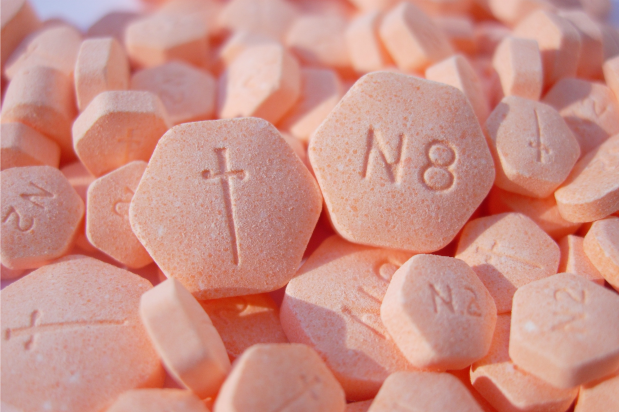According to the Substance Abuse and Mental Health Services Administration (SAMHSA), Medication-Assisted Treatment (MAT) is the “use of pharmacological medications, in combination with counseling and behavioral therapies, to provide a ‘whole patient' approach to the treatment of substance use disorders.” It is a clinically-based form of rehabilitation with a strong focus on the patient as a distinct individual.
Now, there are FDA approved medications that can be used under the guidance of a physician to stop the endless cycle of alcohol and drug abuse. When combined with a support program and used under the supervision of a licensed medical expert, these drugs often improve the chances of sobriety over support alone.
Two of the most successful FDA approved drugs that can be administered in a physician’s office include buprenorphine/naloxone (Suboxone) for opioid dependence and naltrexone for alcohol dependence.
Buprenorphine
Buprenorphine offers several benefits to those with opioid dependency and it provides an option for addicts who cannot geographically reach a methadone clinic on a consistent basis.
Buprenorphine treatment is a three-phase process:
1. The Induction Phase: The first phase is the medically-monitored segment. The medication is administered when the opioid-dependent addict has abstained from using opioids for 12 to 24 hours and is in the early stages of opioid withdrawal.
2. The Stabilization Phase: The second phase begins after a patient has discontinued their misuse of the problem drug, no longer has cravings and no longer has side effects.
3. The Maintenance Phase: This occurs when a patient is doing well on a steady dose of buprenorphine. The length of time of the maintenance phase is tailored to each patient and could be indefinite.
So far, medical addiction experts are encouraged by the results that buprenorphine delivers. However, just like any other opioid, there can be nasty side effects with this drug. This may involve nausea, vomiting, constipation, muscle aches, inability to sleep, irritability, etc.
Naltrexone
Naltrexone is approved by the FDA to treat both alcoholism and opioid abuse, but most of the research has been done on quelling the desire for alcohol.
The drug blocks both the high (euphoric) and the low (sedative) effects of alcohol and drugs and works differently in the body than buprenorphine and methadone. Instead of activating opioid receptors in the body that suppress cravings, Naltrexone blocks opioid receptors and is reported to reduce opioid cravings. There is virtually no abuse potential with Naltrexone, as it is not addictive and does not have any adverse effects with alcohol.
The pill form of Naltrexone (ReVia, Depade) is typically taken daily. The injectable extended-release form of the drug (Vivitrol) for alcohol dependency is usually administered monthly, typically for three to six months.
A published study found that “patients using extended-release Naltrexone stuck with their treatment longer than those using the medications Acamprosate or oral naltrexone.” This may in part be due to the fact that compliance of taking a daily pill is difficult for an addict.
And just last week, The New England Journal of Medicine published research that revealed “Naltrexone was more effective at preventing drug relapse … compared to the usual treatment modalities, including counseling and community treatment programs (alone).”
The Cost of Recovery
Despite the advances of MATs, the price of sobriety does not come cheap. Buprenorphine costs vary and are contingent on the dose required, insurance coverage and if the addict is prescribed the branded or generic version. Estimates suggest that daily doses cost as much as $20 just for the drug as well as additional costs incurred for the doctor’s office visit.
Unfortunately, research reveals that “economic concerns represent a barrier to implementation of buprenorphine treatment.”
As for the monthly injection of the extended-release Naltrexone, it averages about $1,100 per injection. Pills are prescribed at a specific dosage level by a medical professional and prices vary considerably but can cost upwards of $5 per pill.
It is absolutely essential that the individual in MAT treatment take only the prescribed amount of the medication and purchase it only from a credible and legitimate source. Online suppliers may be less expensive, but the quality can vary considerably and negate the effectiveness of the treatment drug.
In Summary
FDA approved drugs are not a “magic bullet,” but when MAT is part of a comprehensive treatment program, results have been shown to improve outcomes, increase retention in treatment, decrease illicit opiate use and decrease hepatitis and HIV infections. If you or someone you know is struggling with alcoholism and/or opioid abuse, this is a rehabilitation option that you may like to consider and explore.
Please visit our directory of treatment centers or call 800-772-8219 to start the path to recovery today.








